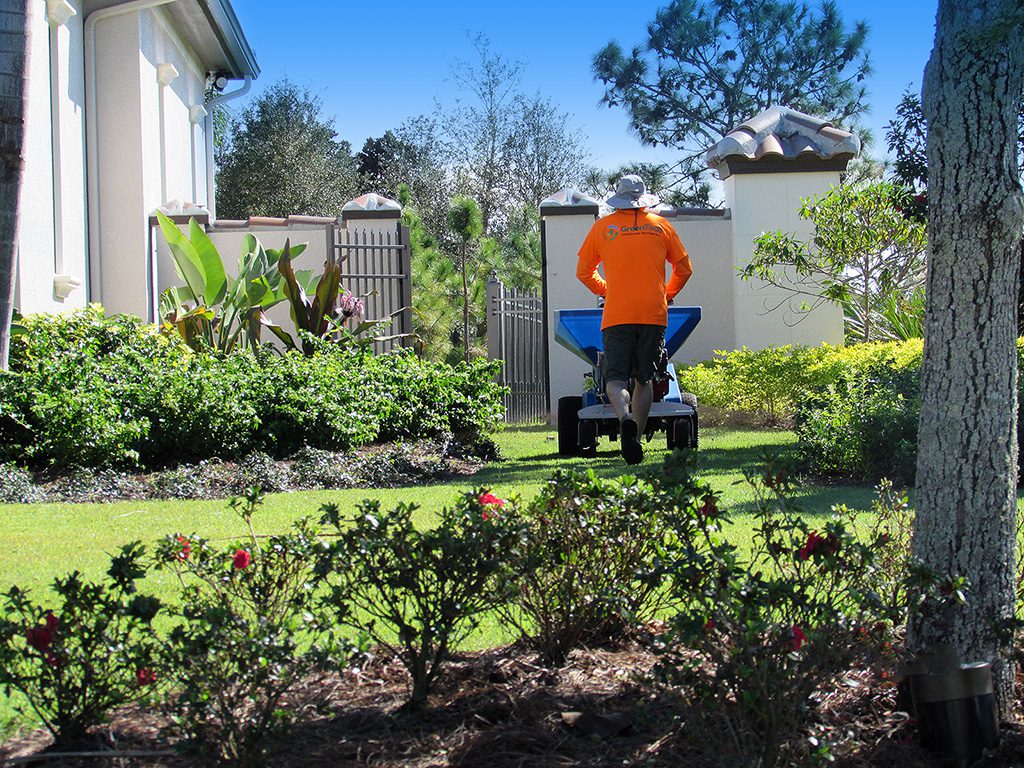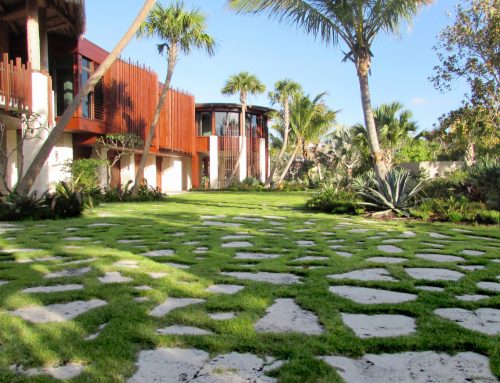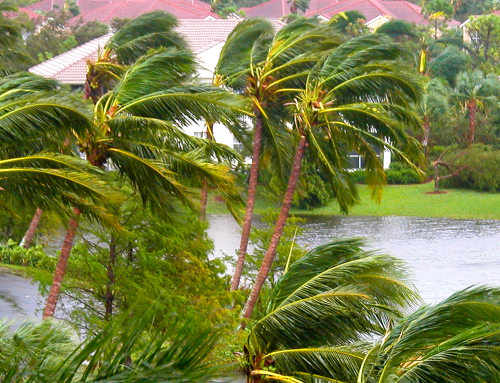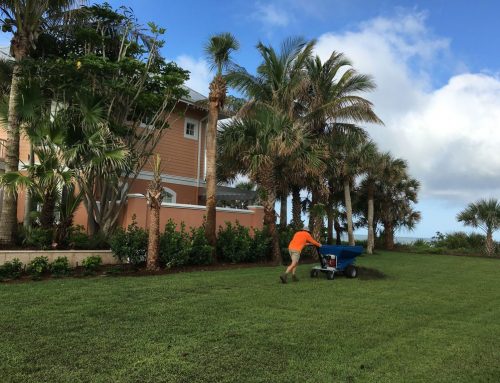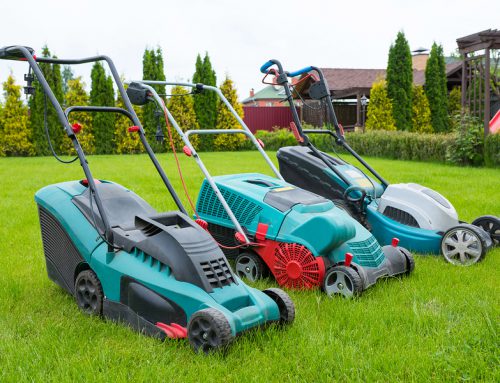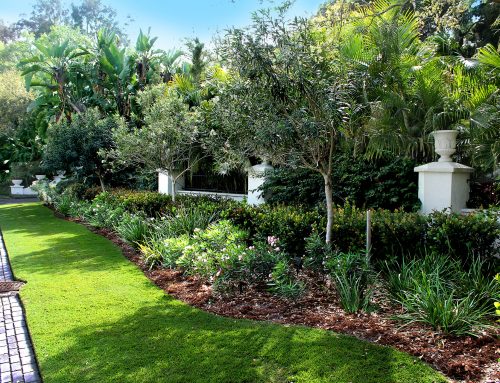Top dressing with compost is meeting the needs of the present generation without compromising the ability of future generations to meet their needs.
Top dressing with compost is a responsible process that will not deplete our resources or harm natural cycles.
What is compost? It is the end result of controlled aerobic decomposition of organic matter.
Compost comes from municipal solid waste as in household refuse; leaves, twigs and grass clippings as in yard waste; sewage sludge also known as biosolids; animal manure and food residuals.
Composting is a biological process, where organic wastes are stabilized and converted into a product to be used as a soil conditioner and organic fertilizer.
Composting process takes soil micro and macro organisms together with organic residues, and by adding oxygen and water we get water, carbon dioxide, heat and the compost byproduct.
There are significant benefits in the use of compost top dressing:
- Soil structure is improved, the creation and improvement macro and micro aggregates
- Improved aeration and plant root development
- Nutrient availability, especially nitrogen is available in slow release form
- Reduced erosion and improved soil conservation
- Prevention and suppression of diseases
- Organic matter recycling
- Less landfill waste
- Carbon capture and sequestration
- The reduction in fertilizers, pesticides and herbicides
- Decreased nitrogen leaching to surface water ; ultimately reducing nitrogen and phosphorus to groundwater and receiving bodies of water
Compost suppresses the following diseases in turf grasses:
- Fusarium Patch
- Damping-off
- Brown Patch
- Large Patch
- Dollar Spot
- Different types of molds and leaf spot
In our Florida sandy soils compost top dressing would increase water and nutrient retention, make nutrients available and increase microbial activity.
When top dressing with compost it is very important to ensure that you using the right equipment. Warm season turfgrass species that have a stolen and a rhizome (such as Zoysiagrass, Seashore Paspalum and Bermudagrass) should be verticut at least one time per year. Verticutting in the Spring and Fall is ideal using a verticutter, also called a vertical mower. A verticutter has blades that cut down into the thatch without damaging the healthy grass. This breaks up that dead layer and brings it to the surface so it can easily be collected and removed. Verticutting is a seamless process when performed by professionals. It is not necessary to clean up any dead thatch that has accumulated after verticutting. A thin layer (approximately a 0.25” to 0.125”) is then laid down at least one time per year. The microbes in the compost top dressing will metabolize the dead thatch.
How to select the compost to use in turfgrass top dressing?
Choose a compost that has been tested by a university, company or a colleague.
A physical and chemical analysis of the compost is essential
The compost color should be a brown to black. It should never have an odor like earth and should have a particle size 1/4” to 3/8”.
Organic matter content should be greater than 30% and the carbon/nitrogen ratio should be below or equal to 30:1. Nitrogen content should be 0.5 to 3% and phosphorus should be greater than 0.2%. pH should be 6.0 to 7.0.

